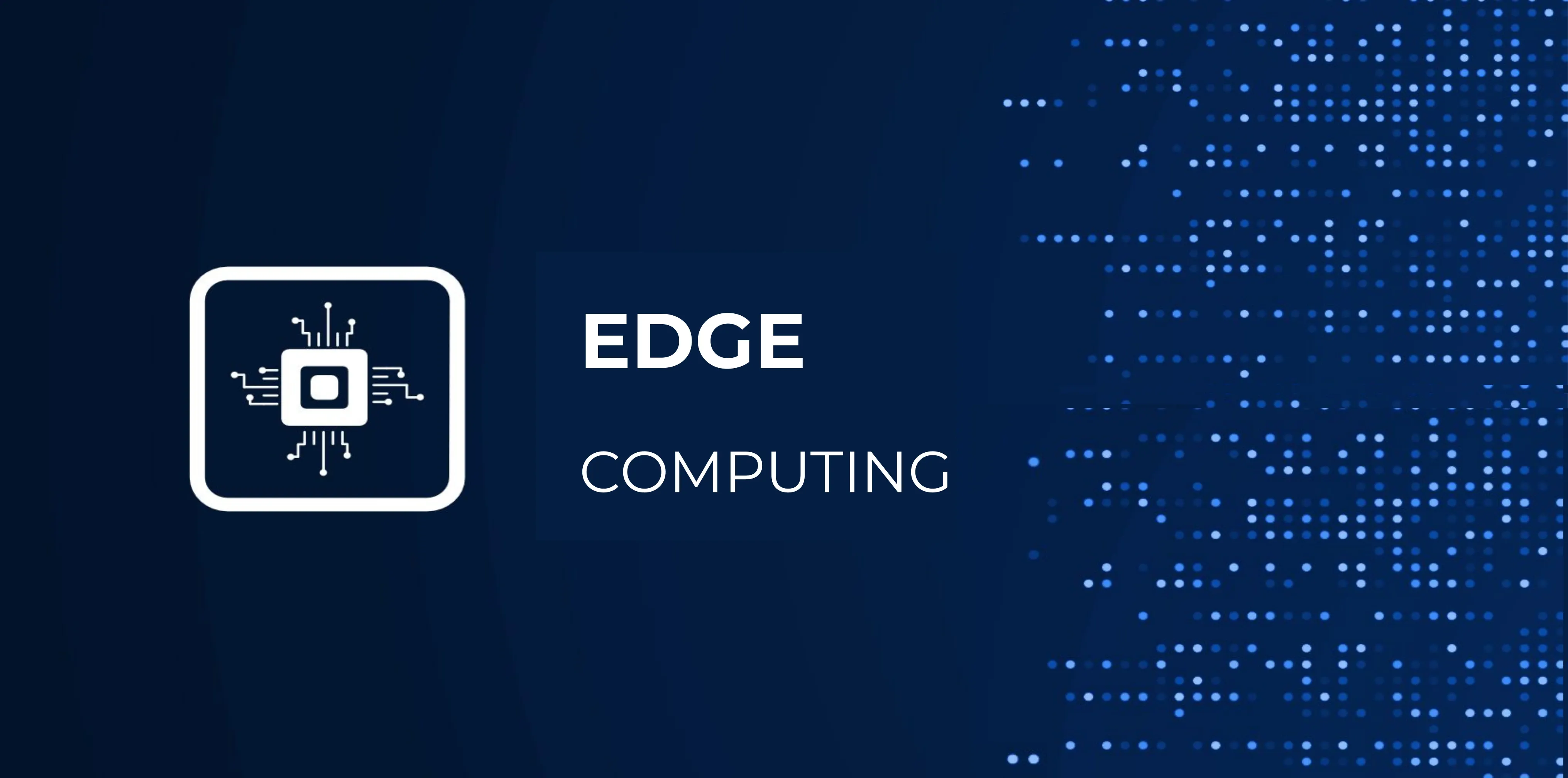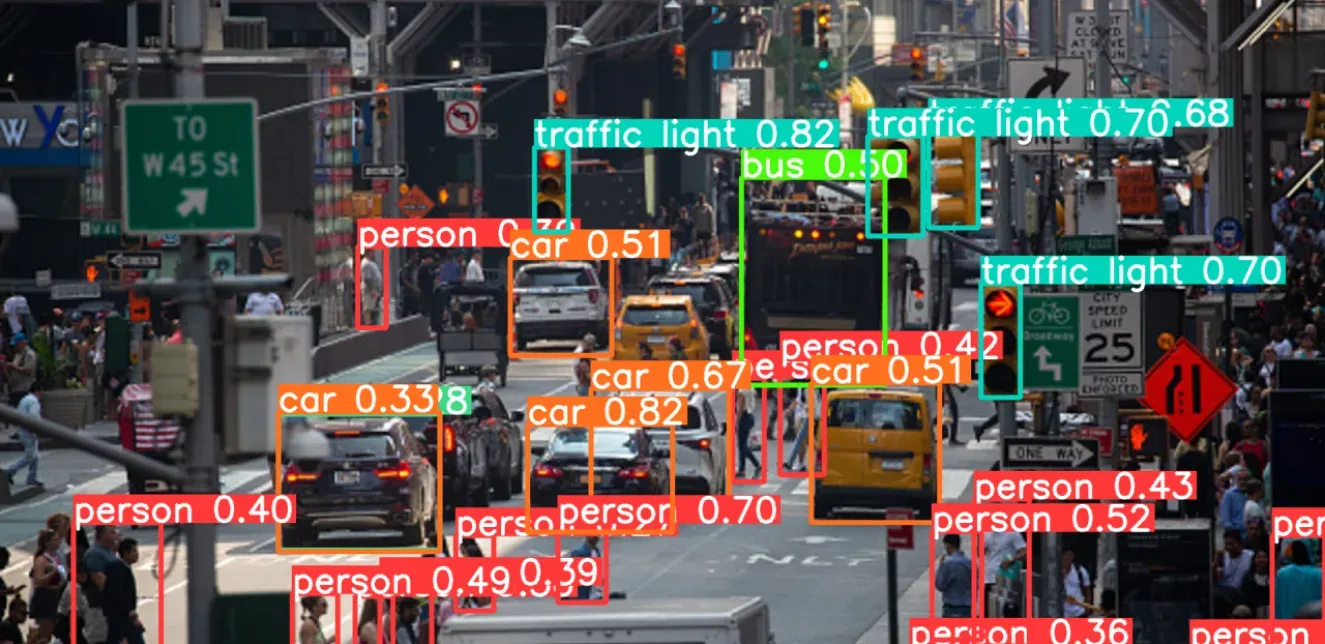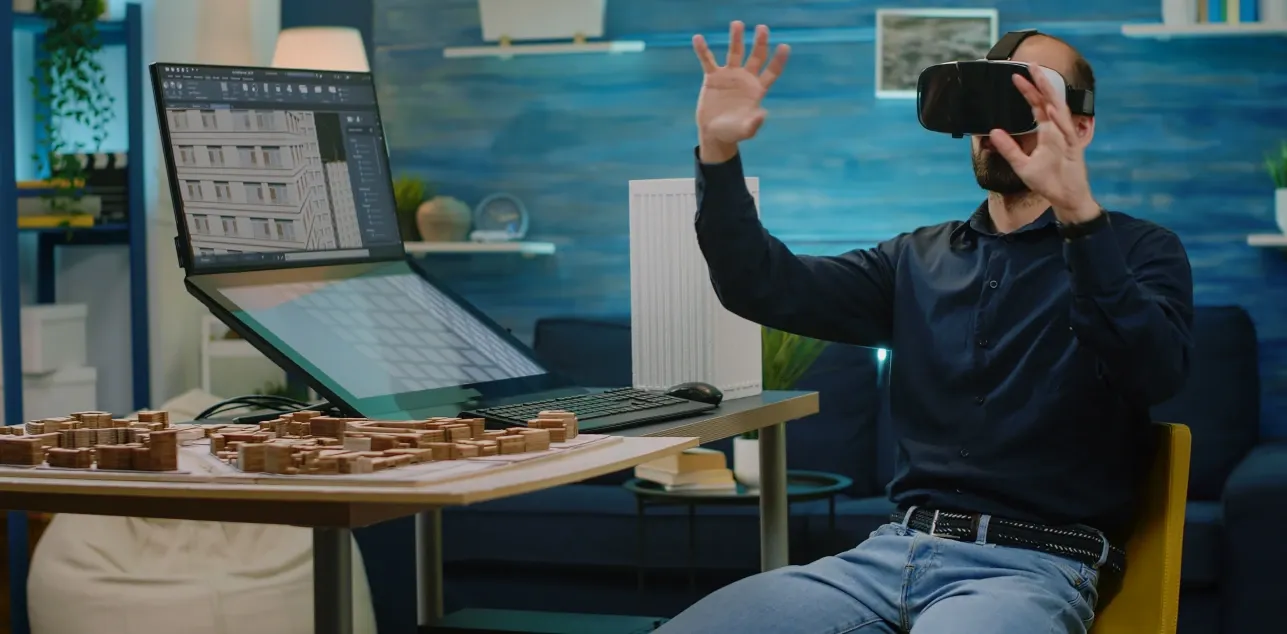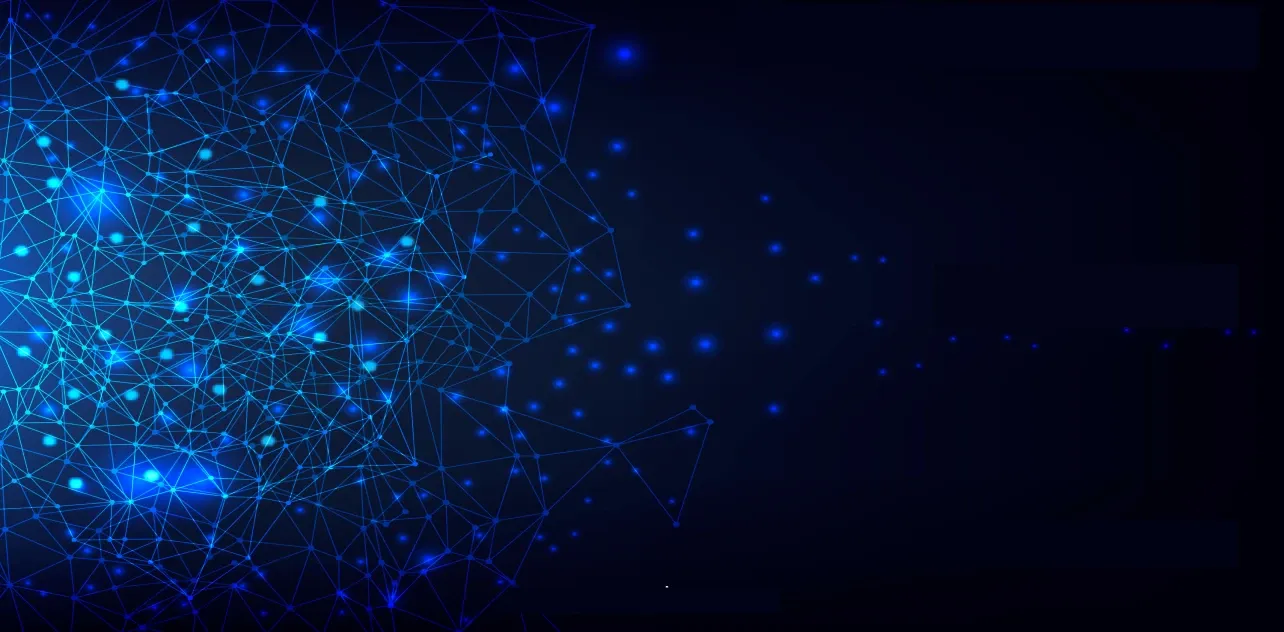Picture this: You, a brand manager, are at a packed stadium, the crowd's roaring, and suddenly you spot your brand's logo flashing across the giant screen. Your heart races, but then a nagging question hits you: "How do I know if this sponsorship is actually worth the investment?" As brands invest millions in sponsorships, the need for accurate, timely, and insightful monitoring has never been greater. But here's the million-dollar question: Is the traditional approach to sponsorship monitoring still cutting it, or is AI-powered sponsorship monitoring the new MVP? Let's see how these two methods stack up against each other for brand detection in the high-stakes arena of sports sponsorship.
Traditional Sponsorship Monitoring: The Old-School Approach
Traditionally, sponsorship monitoring was a labor-intensive process. Teams would manually gather data from events, media coverage, and other sources, recording how and where a brand appeared. This would involve analyzing hours of footage, combing through images, and putting together exhaustive reports. Often, data from different sources had to be merged using spreadsheets, with significant room for human error.
This manual approach limited the ability to track real-time brand visibility during events and lacked the agility needed to make quick adjustments or capitalize on opportunities. As a result, post-event reports were slow to generate, sometimes missing the opportunity for real-time negotiations or future event planning.
Furthermore, traditional sponsorship monitoring lacked advanced analytics to measure return on investment (ROI). Marketers and brand managers often relied on impression counts or surface-level exposure metrics. While this provided a basic overview, it did not offer the depth required to evaluate sponsorship effectiveness and brand detection in today’s dynamic, multi-platform environments.
AI's Game-Changing Role in Sponsorship Monitoring
Traditional monitoring offers limited, one-dimensional data, while AI delivers a comprehensive view of brand impressions, including factors like duration, size, prominence, and clarity. AI-powered tools, like BrandCut, have transformed sponsorship monitoring by introducing automated brand detection, real-time analysis, and comprehensive metrics. Instead of relying on manual labor, AI systems scan media in real-time, instantly detecting brand logos and brand placements across sports events, social media, and corporate event recordings. This ensures that brands and sponsors can immediately see how well their investments are performing.
AI-powered sponsorship analysis tools speed up the process and enhance accuracy. Visual AI based tools can detect brand logos in dynamic and fast-paced environments where traditional methods often fail. Additionally, AI goes beyond exposure tracking—it offers insights into fan engagement, competitive analysis, and predictive recommendations that empower brand managers to maximize your sponsorship ROI.
Why AI-powered Sponsorship Monitoring Stands Out
Real-time Detection: Instantaneous analysis of brand logo visibility during live events and across social media channels.
Comprehensive Metrics: AI tools like BrandCut deliver deeper insights into brand performance, such as quadrant analysis, logo size comparisons, and competitor visibility.
Predictive Insights: AI can forecast future trends based on historical data, helping brands make smarter decisions for upcoming sponsorship deals.
Why AI Leaves Traditional Methods in the Dust
When it comes to sponsorship monitoring, AI isn't just a slight improvement – it's a complete game-changer. Here's why AI-powered solutions like BrandCut are leaving traditional methods in their wake:
Speed and Real-Time Insights: While traditional methods might take days or weeks to deliver reports, AI provides instant analysis for brand detection. One standout feature of AI sponsorship monitoring is the ability to negotiate brand placements in real time. At multi-day events, sponsors can adjust their strategies and secure better brand placements for future days based on the immediate visibility of their brand, a flexibility that traditional methods cannot offer. Imagine being able to adjust your sponsorship strategy mid-event based on live performance data – that's the power of AI.
Accuracy and Consistency: AI doesn't get distracted or make subjective judgments. It applies the same criteria consistently across all analyzed content, ensuring more accurate and reliable results for brand detection.
Scalability: AI can handle massive amounts of data for brand detection from multiple events simultaneously. This scalability is crucial in today's global sports landscape where events are happening around the clock.
Depth of Analysis: AI doesn't just count brand logo appearances; it can assess factors like clarity, size, duration, and even the sentiment associated with the brand mention. This depth of analysis provides a more nuanced understanding of sponsorship value.
White Space Opportunities: Visual AI highlights those untapped potential areas that brands can explore for sponsorship deals. Every sport has its own white space, be it a lesser-known team, an emerging event, or an underutilized medium like social media live streams. By analyzing trends and identifying gaps, AI can help brands capitalize on these opportunities before competitors. AI can be tailored to understand and analyze the nuances of different sports, from the placement of ads on Formula 1 cars to the visibility of sponsor logos on football jerseys.
Innovation in ROI Measurement: Currently, there aren't many ROI measurement tools in the market. AI-powered solutions are filling this gap, providing more sophisticated and accurate ways to measure the return on sponsorship investments.
Sports Sponsorship Monitoring: A New Era
Sports sponsorship monitoring, in particular, has greatly benefited from AI advancements. In sports, every moment of visibility matters. Brand visibility during games, interviews, and fan interactions needs to be tracked meticulously. Traditional methods struggle with the sheer volume of data generated during live events, but AI can effortlessly monitor all brand appearances.
AI-powered tools, like BrandCut, specialize in brand detection for sponsorship monitoring. Using advanced computer vision, BrandCut can identify a brand’s logo or product placement even in challenging conditions—whether it’s a blurry background or a fast-moving player. The ability to analyze visual and contextual data allows brands to assess how prominently they are being featured and adjust their strategy accordingly. BrandCut's automated reporting and comprehensive analytics streamline the entire process, providing actionable insights that go beyond simple exposure metrics.
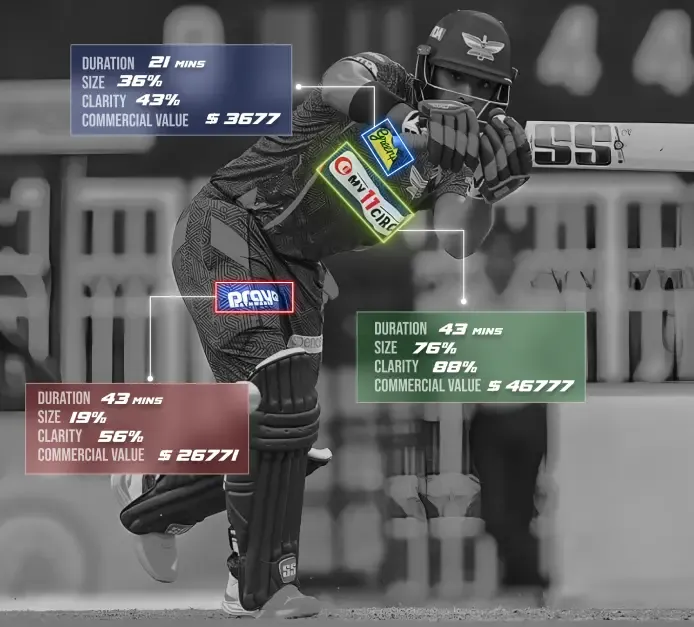
Moreover, AI enables brand analysis—a deeper dive into how fans perceive and interact with the brand during events. AI can track fan sentiment on social media, analyze in-game mentions, and provide insights into whether a sponsorship is driving positive engagement. By combining these brand detection insights with real-time data, AI allows brands to make informed decisions about their sponsorships, improving ROI and overall brand impact. While traditional sponsorship monitoring methods have served the industry well in the past, they're increasingly out of step with the fast-paced, data-driven world of modern sports sponsorship. AI-powered solutions like BrandCut are not just the future – they're the present, offering speed, accuracy, and insights that traditional methods simply can't match.
For brands and rights holders looking to maximize the value of their sponsorships, embracing AI isn't just an option – it's a necessity. The ability to make data-driven decisions in real-time, understand the true value of sponsorship assets, and predict future performance is invaluable in today's competitive landscape.
Ready to step up your sponsorship game? Don't let outdated monitoring methods hold you back. If you're looking to take your sponsorship strategy to the next level, contact Random Walk today. Explore how AI-powered solutions like BrandCut can transform your brand detection approach to sponsorship monitoring and valuation. The future of sponsorship is here – are you ready to play?


